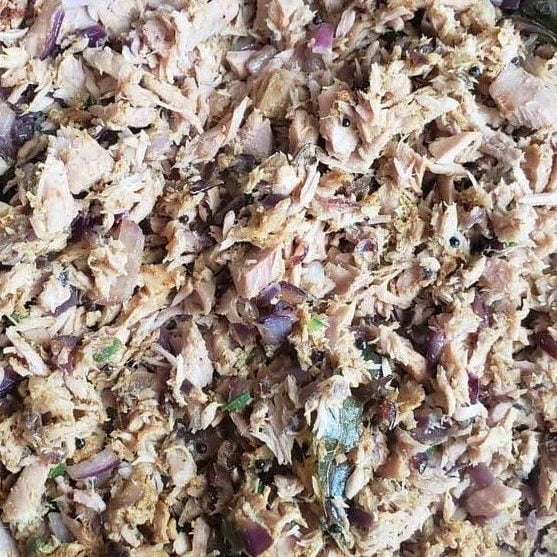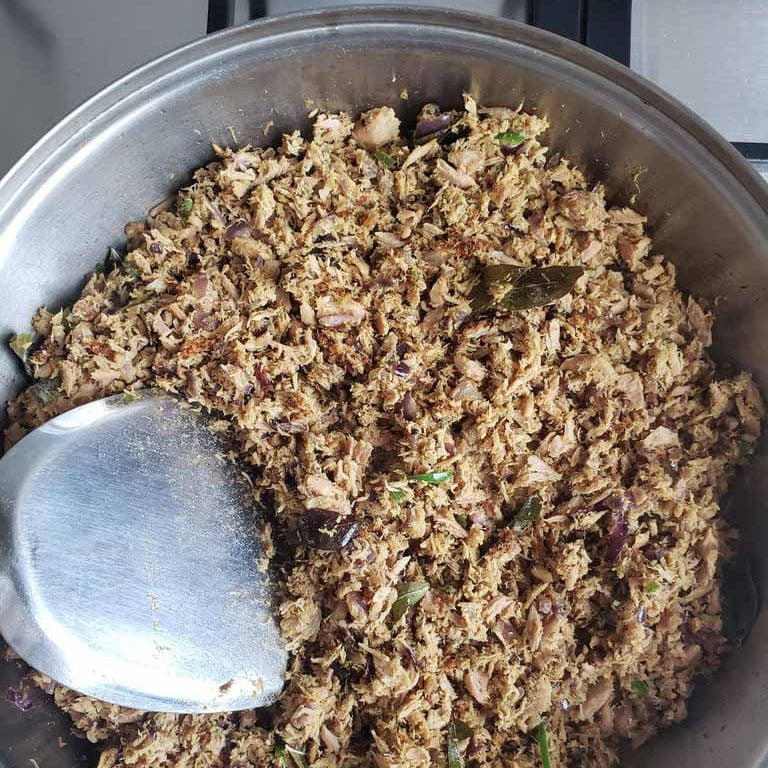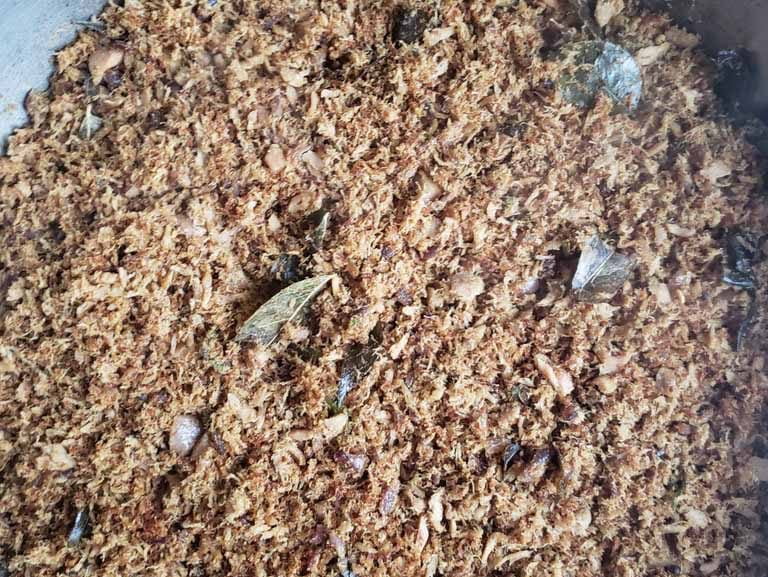The sound of metal against metal. The scraping continues for a good 15 minutes until every flake of tuna turns a rich, golden colour and comes away from the bottom of the pan.
My friend Rangie is famous for one thing and one thing alone – his legendary burnt tuna dish, invented by accident on a single gas ring, in a tiny London bedsit in the swinging 60s.
Rangie age 21, arrived in London on a rainy April day in 1960. Sent overseas from his native Sri Lanka to study engineering in London, he soon found himself living the bedsit life with other compatriots. Missing home cooking, a communal cook-up was planned, each one cooking a single dish. Many Sri Lankans come from well-to-do families, where local cooks prepare freshly cooked meals every day. So Rangie had never needed to cook before, but he had brought with him a wooden box filled with spices – so he was all set for the challenge.
Armed with two tins of tuna, Rangie fried onions with fiery green chillies, curry powder and curry leaves, then added the tuna. Turning down the heat and covering the pan, he went downstairs to chat with a housemate. A few beers later, a knock on the door. “Did anyone know anything about the smoke coming from the room upstairs”? …. Rushing upstairs, lifting the lid, Rangie’s tuna had gone from a delicate pink colour to a dark brown crumbly mess. There was nothing for it. It didn’t taste so bad and he wasn’t about to waste it. A communal table had been set up. A large pot of pale yellow rice, chopped spinach, a steaming bowl of golden dhal, creamy cucumber raita and coconut sambal. Rangie’s burnt tuna went down a storm.
It wasn’t for another 13 years that I would taste Rangie’s burnt tuna. Now a student in London myself, I came to know Rangie’s Swiss wife in my French class. Most weekends it was open house at the Amitirigalas – we students were invited for Sri Lankan style dinners, seated on narrow benches at a small pine kitchen table in their Clapham North flat. The gentle crack of mustard seeds as they popped, the sweet aroma of frying curry leaves and that strangest of noises – the scraping of a metal spatula on metal working its magic on Rangie’s tuna.
Back then there was no Sri Lankan food in London – it was uncharted territory and we lapped it up. Over time, more and more friends got the “burnt tuna” bug – they cooked it, ate it, loved it and passed on the recipe to others. Rangie’s tuna travelled far and wide to South Africa, across the ocean to Colombia, up into Canada and down as far as Australia.
What makes this dish so special? It symbolises friendship and evokes shared meals past, present and future. There is something magical about the transformation of a ubiquitous ingredient into something utterly delicious and unexpected. It is a tried and tested recipe which never fails to delight. It can be served hot straight from the pan or eaten at room temperature.
I always have a couple of tins in my store cupboard. I’ll use it in a summery Niçoise salad or if I’m stuck for supper – a glorified sandwich-filling minus the sandwich – combining it with mayonnaise, coarsely crushed black peppercorns, sea salt and freshly squeezed lemon juice. Burnt tuna isn’t authentic Sri Lankan cooking but who cares! It’s a one-off with its own special provenance.
Serve it with pillowy-soft basmati rice, masoor dal, a side of sautéed spinach, a pert salad of tomato, cucumber, onions and finely chopped red chillies. For authenticity – coconut sambal with Maldive fish. Crack open a Lion/Kingfisher beer or two and have yourself an all-season crowd pleaser.
Serves 4 people
Ingredients
2 tins of tuna in olive oil – reserve a little of the oil
2 medium onions, finely chopped
1-2 green chillies, finely chopped
1 tbsp black mustard seeds
2 tsp curry powder
¼ tsp chilli powder (optional)
a small handful curry leaves (dried or fresh)
Put the tuna into a medium bowl and break up with a fork. Take a heavy bottom frying pan, add the reserved olive oil and place over a medium heat. When the oil is hot but not smoking add the mustard seeds and when they start popping add the finely chopped onions and fry until softened. Next add the chopped green chillies, curry powder, curry leaves and chilli powder – (if you are using). Combine well and continue to fry on a medium/low heat. Increase the heat, add all the tuna and combine. The tuna will start to catch on the bottom of the pan at which point take a metal spatula and begin to scrape the tuna vigorously from the bottom and sides of the pan loosening it as you continue to scrape. Don’t hurry this stage – it can take 10 – 15 mins to scrape all the tuna off the bottom of the pan. It is done when it no longer sticks to the pan and has acquired a rich nutty brown colour. Remove the pan from the heat and cover with a lid. The tuna will continue to cook a little and the flavours will intensify. Serve immediately, eat later that day or keep in a sealed container for up to a week in the fridge.




